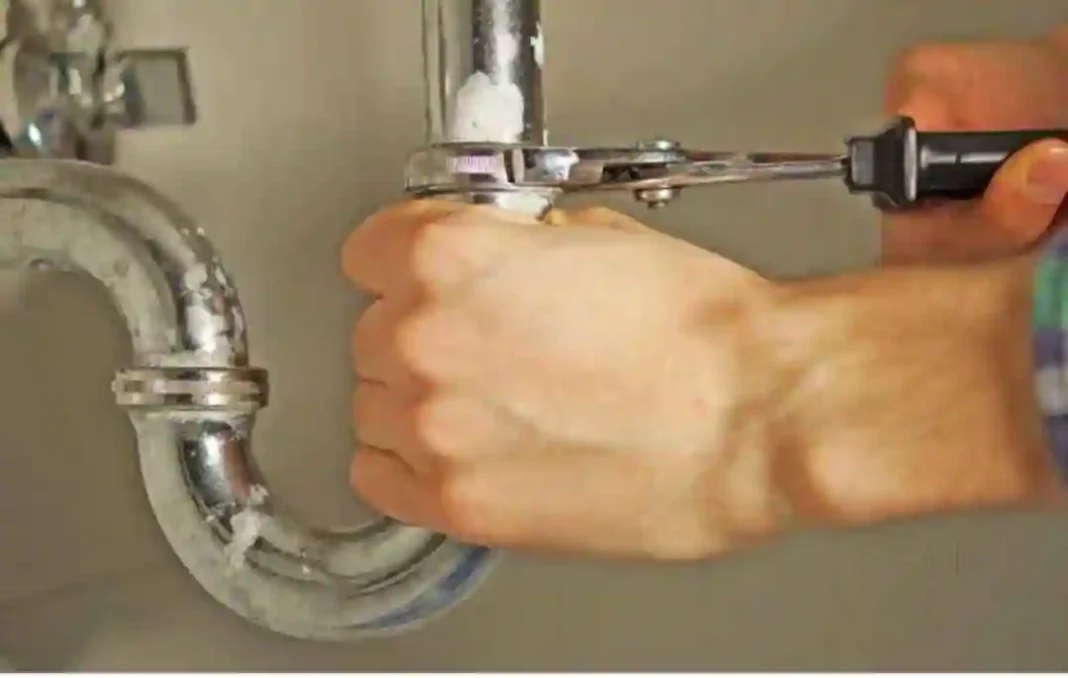Repiping is a crucial aspect of home maintenance and improvement that involves replacing or renovating the existing plumbing system. This process becomes necessary when pipes age, corrode, or develop leaks, compromising the integrity of the entire plumbing infrastructure. In this comprehensive guide, we will delve into the reasons for repipes, the types of materials used, the repiping process, and the benefits associated with this home improvement endeavor.
Reasons for Repiping:
- Corrosion: Over time, pipes can corrode due to various factors such as the quality of water, chemical reactions within the pipes, or the type of material used. Corroded pipes can lead to leaks, reduced water quality, and even health hazards.
- Leakage: Persistent leaks are a clear indication that your pipes may be deteriorating. Ignoring leaks can lead to water damage, mold growth, and increased water bills.
- Material Degradation: Older homes may have plumbing systems made from materials like galvanized steel or polybutylene, which have known issues. Galvanized steel corrodes over time, while polybutylene is prone to breakage and leaks.
- Low Water Pressure: Reduced water pressure can be a symptom of pipe blockages or narrowing due to mineral deposits or corrosion. Repiping can enhance water flow and pressure.
- Water Quality Issues: Older pipes can contribute to water quality problems, as rust or corrosion particles can contaminate the water supply. Repiping with modern materials improves water quality.
Types of Materials Used in Repiping:
- Copper: Copper pipes are a popular choice for repiping due to their durability, resistance to corrosion, and long lifespan. They are also known for maintaining water quality.
- PEX (Cross-Linked Polyethylene): PEX pipes are flexible, easy to install, and resistant to freezing. They are an excellent choice for repiping, especially in regions with extreme temperatures.
- CPVC (Chlorinated Polyvinyl Chloride): CPVC pipes are suitable for both hot and cold water, resistant to corrosion, and relatively easy to install. They are a cost-effective alternative to copper.
The Repiping Process:
- Inspection and Assessment: A professional plumber assesses the current plumbing system, identifies issues, and determines the scope of repiping.
- Temporary Water Supply: Before starting the repiping process, a temporary water supply may be established to ensure residents have access to water during the project.
- Pipe Replacement: The old pipes are removed, and new pipes are installed according to the chosen material. This process may involve removing walls or flooring to access the existing plumbing.
- Testing: The newly installed pipes are tested for leaks and proper functionality to ensure a reliable and durable plumbing system.
- Restoration: After successful repiping, any structural elements removed for access are restored. This may include repairing walls, floors, or ceilings.
Benefits of Repiping:
- Improved Water Quality: Repiping with modern materials eliminates the risk of contaminants entering the water supply, leading to improved water quality.
- Increased Water Pressure: The removal of corroded or clogged pipes enhances water flow and pressure throughout the home.
- Prevention of Water Damage: Repiping helps prevent leaks and water damage, preserving the structural integrity of the home and reducing the risk of mold growth.
- Long-Term Cost Savings: While repiping is an upfront investment, it often pays off in the long run by reducing maintenance costs, water bills, and potential repair expenses associated with water damage.
Conclusion:
Repiping is a significant undertaking that can enhance the overall functionality and safety of a home’s plumbing system. By understanding the reasons for repiping, the materials available, and the repiping process, homeowners can make informed decisions to ensure the long-term health of their plumbing infrastructure. Consulting with a professional plumber is essential to assess the specific needs of a home and to execute the repiping process efficiently.










